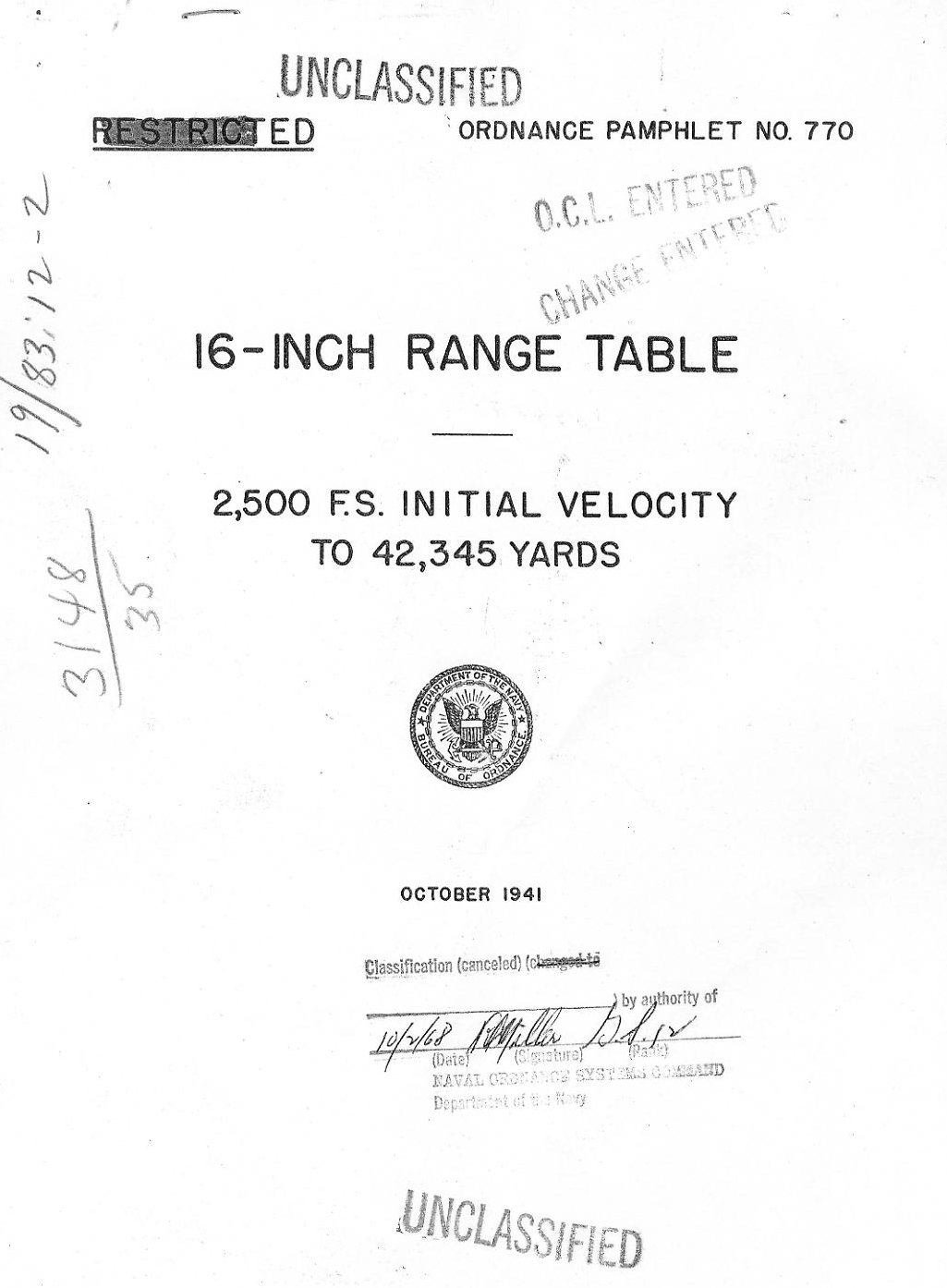Coriolis effect is the effect of the earths spin or more appropriately, us spinning on the earth.
In very simple terms when you shoot, you are not stationary. You are moving with the earth. Your target is also moving with the earth. Depending on where the target is, you have different speeds and possibly even directions (its very slight). At the eqauter you are moving 1000 mph (roughly). At the poles its <5mph.
For example: If you were shooting from a train to another train going exactly the same speed, there would be no correction to your shot. You are moving at 100 mph, your target is moving at 100 mph (for example).
But the earth is a globe, so we aren't all traveling the same speed. So the analogy is your train is going 100 mph, and the other train is going 99mph. At longer distance, you need to account for that speed difference. (even if you accounted for the 100 mph wind!)
The next level is the trains aren't on parallel tracks. Imagine the target train (and your train) slowly moving away or towards or up and down hills.
That's Coriolis effectt. Because you and the target or rotating, you need to account for where the target is going to "be" when your bullet arrives. If you are shooting "North" (in the Northern Hemisphere) YOU are moving Faster than the target by a very small amount. If you are shooting "South" you are moving slower than the target. If you are shooting west--the target is rising and you are sinking., if east its the reverse. Its a VERY small effect at our typical distances. (roughly an 2-3inches at 1000 yards). Artillery shoots much longer distances, so it becomes much more an issue.
Its a bit more complex, but thats the idea. Coriolis Force is always perpendicular to velocity and axis of rotation. That's why its a little "weird'






